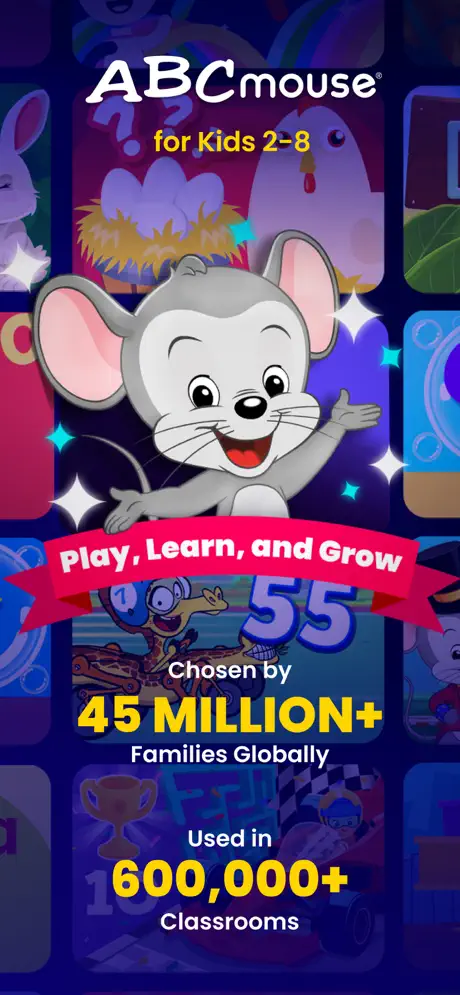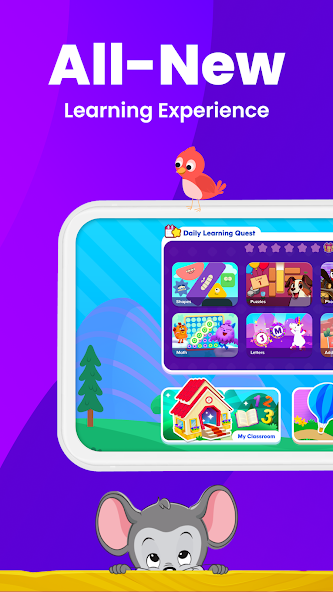In today’s evolving financial landscape, access to funding plays a vital role in supporting small and mid-sized enterprises. For many entrepreneurs and local businesses, Correspondent Business Loans provide a practical and accessible financing option. These loans are extended through correspondent banking partners who work closely with larger financial institutions.

At the same time, more individuals are choosing to apply for kiosk banking services to expand their reach in remote or underbanked areas. When combined, these two approaches offer a valuable support system for business owners seeking both capital and service expansion.
This provides a detailed understanding of correspondent business loans, how to access them, and how they work alongside kiosk banking models.
What Are Correspondent Business Loans?
Correspondent Business Loans are financial products provided by third-party agents or business correspondents who act on behalf of larger banks or lending institutions. These loans are typically available in areas where banks may not have a direct physical presence. Instead, a correspondent agent, often operating a kiosk or mobile outlet, facilitates the loan process locally.
Such a model ensures that businesses, especially in rural or semi-urban regions, are not deprived of necessary funding due to the absence of traditional bank branches. The correspondent agent handles essential procedures, including loan application processing, identity verification, documentation, and even customer education.
Key Features of Correspondent Business Loans
Localized Access to Finance
One of the main advantages of these loans is that they provide financing access at a community level. Business owners do not need to travel long distances to find lending options. With local correspondent partners handling operations, it becomes easier to initiate and complete the borrowing process.
Simplified Documentation
Unlike formal banking systems that may require extensive paperwork, correspondent models offer a more streamlined process. While compliance and verification remain strict, the support of local agents makes the entire loan journey less cumbersome.
Support for Small Enterprises
These loans are particularly useful for micro, small, and medium enterprises (MSMEs) that often face difficulties securing traditional credit. Through correspondent banking networks, small businesses can receive adequate financial backing tailored to their size and business nature.
How to Apply for Correspondent Business Loans
Applying for a correspondent business loan is relatively straightforward if you understand the process and work with a qualified agent. Here’s how to approach it:
Step 1 – Find a Local Correspondent
Start by identifying a certified business correspondent or agent in your region. Many operate in partnership with large financial institutions but provide services independently through kiosks or mobile offices.
Step 2 – Submit Basic Business Details
The agent will typically collect initial business information, including identity documents, proof of business ownership, cash flow statements (if applicable), and purpose of the loan.
Step 3 – Verification and Evaluation
The financial institution behind the correspondent conducts creditworthiness assessments, either directly or via the agent. This includes background checks and financial health analysis.
Step 4 – Disbursement and Repayment
Once approved, the loan amount is disbursed digitally or through the correspondent network. The repayment structure is also managed through the same agent, simplifying ongoing engagement.
Benefits of Using Correspondent Loans Alongside Kiosk Banking
For those seeking to apply for kiosk banking services, combining it with correspondent business loans can enhance business viability. Kiosk banking allows entrepreneurs to offer financial services, including account openings, deposits, withdrawals, and micro-insurance—all from a local kiosk setup.
When a kiosk operator also has access to correspondent loan services, it creates a double advantage:
- Business Expansion: The kiosk owner can invest loan funds into business development or expand their physical infrastructure.
- Customer Retention: By offering multiple services in one place, kiosk owners can create a strong, loyal customer base.
- Digital Inclusion: Correspondent loans and kiosk banking together promote digital financial access in areas where conventional banking is absent.
This combination is particularly effective in developing regions where trust in face-to-face banking is high and mobile access to services is limited.
Challenges and Considerations
While correspondent business loans offer multiple benefits, there are a few considerations:
Risk of Misinformation
Sometimes, agents may not be adequately trained, which could lead to incorrect data collection or miscommunication about loan terms. It is important to work with certified agents who have undergone proper training.
Credit Risk Assessment
Borrowers with low or no credit history may find it harder to receive larger loan amounts, even through correspondent models. In such cases, it is advisable to build a credit record gradually.
Limited Loan Products
Not all correspondent business loans offer the same flexibility. Some may have fixed tenures or limited customization based on business type. Therefore, understanding the terms in detail before committing is important.
Who Should Consider These Loans?
Correspondent Business Loans are ideal for:
- Small-scale entrepreneurs in remote or rural areas
- Kiosk banking operators aiming to scale up
- Individuals unable to access mainstream banking infrastructure
- Startups seeking community-level financing to get started
If you fall under any of these categories, it may be a suitable option to explore, especially when traditional loans are either unavailable or difficult to access.
Conclusion
Access to finance is a cornerstone of business development, and Correspondent Business Loans have emerged as a practical solution for underserved and rural entrepreneurs. With their simplified approach and local facilitation, these loans reduce the barriers faced by many small enterprises.
Moreover, choosing to apply for kiosk banking services along with seeking such loans can empower individuals to offer essential financial services to their communities, while also growing their own business operations.
Whether you’re launching a new venture or looking to expand an existing one, this dual strategy provides the tools to bridge the financial gap effectively. Take the time to explore local options and speak with trusted correspondents to begin your application process today.


